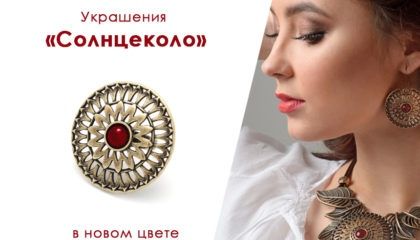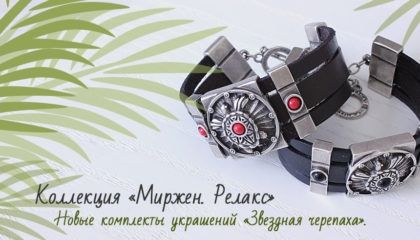Black klobuks (Turk. Karakalpak – «black hat») is the general name of Turkic vassals of the Kievan princes settled in Porosje since the end of the XI century. Black klobuks for Kiev people is the common nickname for tribes that migrated to forest-steppe borders of Kievan Rus after Podonsk steppes were occupied by the Kypchak- Polovtsians. They were so-called because of their appearance. They weare black felt hats.
Chroniclers often call them their individual and tribal names, mostly Tork. There is a belief that the name Tork comes from Sarmatian “quarrelsome” or from the Scandinavian pagan god Thor. For the first time the name «black klobuks» was mentioned in chronicles in 1146, the last time in 1193. According to the Chronicle Torks, Pechenegs, Berendeis and Kovuis were wearing the black klobuks. Black kobuks were an important military force of the Kievan princes and participated in almost all of their armed enterprises, especially in the Russian civil strifes. According to the Ipatiev Chronicle military forces of Kievan princes consisted of three parts: the people of Kiev, black kobuks and princely. There were two main factors in political terms in Kiev principality at that time: the Kiev boyars and black klobuks. Black klobuks and Kiev boyars decided together about the invitations of a particular prince to Kiev. A set expression «the whole Rus land and Black Klobuks» repeated several times in the chronicles shows the important role of the black klobuks in the political life of the Kiev principality. According to archaeological data after the Mongol conquest a part of black klobuks was displaced by the Mongols to Volga region and to Moldova and included to the military-aristocratic structure of the Dzuchi Ulus. However, a half-settled and settled part of the black klobuks remained in Porosje and eventually was assimilated by the local Slavic population taking part in the ethnogeny of Ukrainians.


